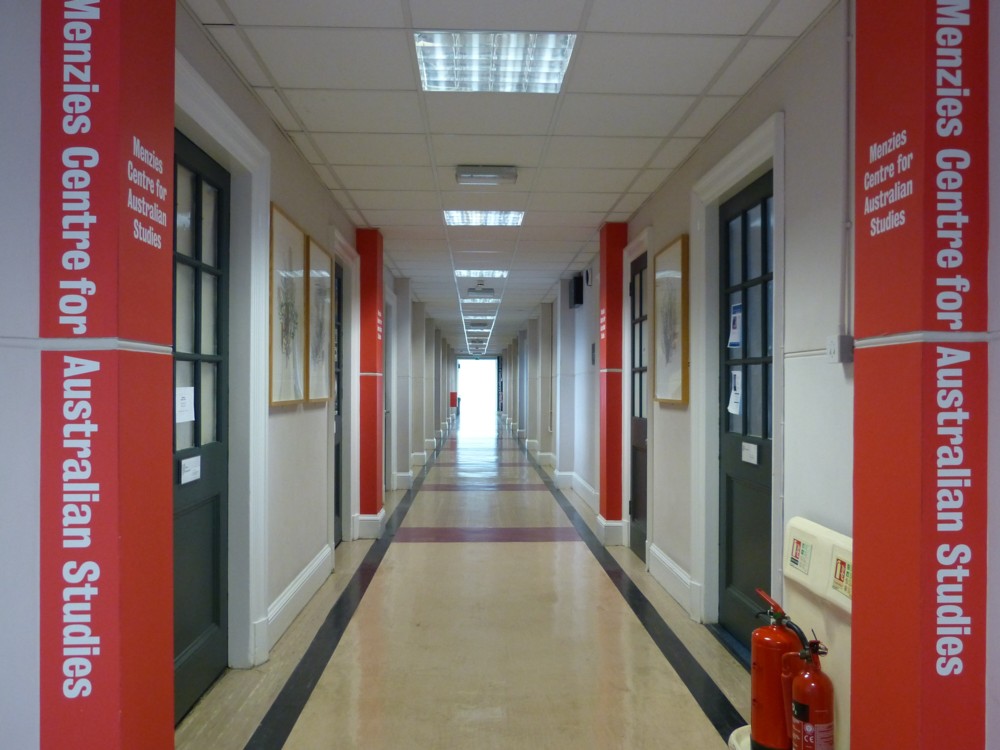This is, as stated above, my fourth Emmanuel Todd blog posting here, the previous three being here, here and here, or get all my Emmanuel Todd postings by choosing the Emmanuel Todd category here, bottom left.
L’Enfance du Monde: Structure Familiale et Développement by Emmanuel Todd was first published in 1984, and first published in English in 1987, as The Causes of Progress: Culture, Authority and Change. Here is the Foreword (pp. xiii-xiv of my hardback edition of the English translation by Richard Boulind):
The present book is one step on the way towards a new interpretation of historical change. It emphasizes the influence of stable anthropological factors within the modernization process itself. Although self-contained, it is none the less the logical sequel to The Explanation of Ideology: Family Structures and Social Systems (Oxford: Basil Blackwell, 1985).
The anthropological analysis of social systems singles out family structure as the decisive explanatory variable – that is to say, the elementary relationships of parents with children, brothers with sisters, husbands with wives. But anthropology is here no more than a tool. It makes it possible to settle some basic problems, for which the social sciences of the present day are finding it hard to offer any solutions at all. The question posed in The Explanation of Ideology concerned the spread of modern ideologies across the globe. I set out to explain why communism has come to dominate certain regions, liberalism others, and social democracy yet others; likewise to explain the predominance, elsewhere, of the Catholic Right, or of ideologies that from the European point of view are unclassifiable, such as Muslim fundamentalism, Buddhist socialism or the Indian caste system. In The Explanation of Ideology the analysis of relationships between parents and their children – authoritarian or liberal – and of relationships between brothers – egalitarian or inegalitarian – led to a typology of family types which geographically coincided fairly closely with the mapped distribution of adherence to the great ideologies. The purpose of this second book is to analyse development, here not considered as a purely economic, short-term phenomenon, but as a very long-term cultural and anthropological movement stretching over centuries rather than decades. Its most important aspect is not so much industrial growth as the rise in literacy, the increase in the proportion of people able to read and write from 0 to 99 per cent.
Here, as in the realm of political science, no explanation has so far proved acceptable. One can readily describe – with a wealth of statistical detail – the development of certain countries, first cultural then economic: endogenous development so far as north-western Europe is concerned, exogenous development first in the case of southern Europe, then in part of the Third World. But no reasonable hypothesis has been proposed and tested that can explain such differences – apart from those magnificent tautologies that pronounce that growth results from rates of investment having risen above a certain percentage of the gross national product. Of course that is true. But why have they done so there and not somewhere else? Or at that particular date, rather than at some other?
The method adopted here is simple; as in any scientific undertaking, the objective is to explain the maximum number of facts by the minimum number of hypotheses. The complexity of observed phenomena should be reduced to the simplicity of a few underlying laws. In the case of relations between family structures and ideologies, an extreme degree of simplification proved to be attainable, since the political typology fitted strictly within an anthropological one, each existing ideology being produced by a different family type. In the case of development, each family system may be considered as having a specific potential – cultural rather than political, this time – ranking either as ‘very high’, ‘high’, ‘medium’ or ‘low’. But the geographical diffusion of culture puts shading into the model, and sets up areas of development that extend beyond the limits of certain anthropological areas dominated by specific family types.
Though complementary with one another, the typologies put forward in The Causes of Progress and in The Explanation of Ideology are none the less distinct: within the family system the elements responsible for ideological alignment, on the one hand, and cultural development, on the other, differ somewhat. One element the two typologies do have in common is the style of authority typical of the parent-child relationship, which simultaneously affects both realms: ideology and culture. Other elements are different, though linked by structural relationships. The concept of the equality or inequality of brothers is fundamental to the analysis of ideologies. But the husband-wife relationship, exhibiting as it does a greater or a lesser degree of feminism, is essential to the analysis of development. A synoptic table given in the conclusion (p. 180) indicates the exact matching of the categories employed in the two books.







